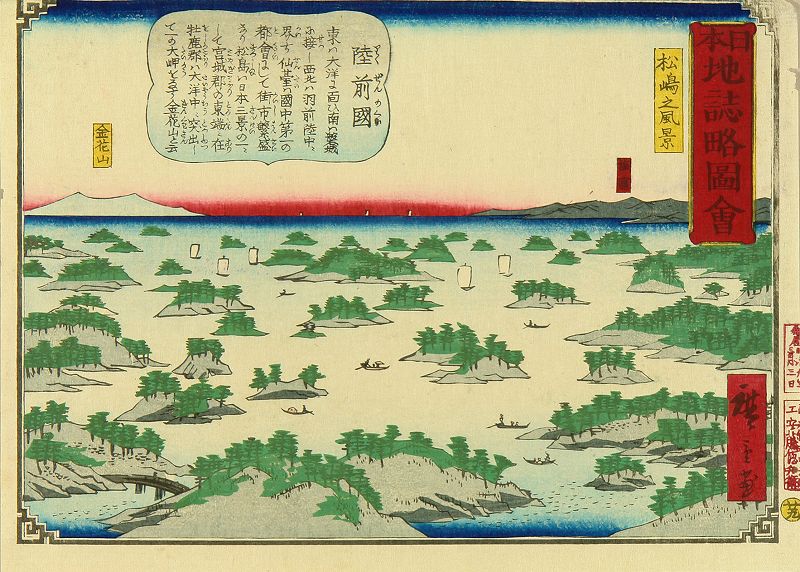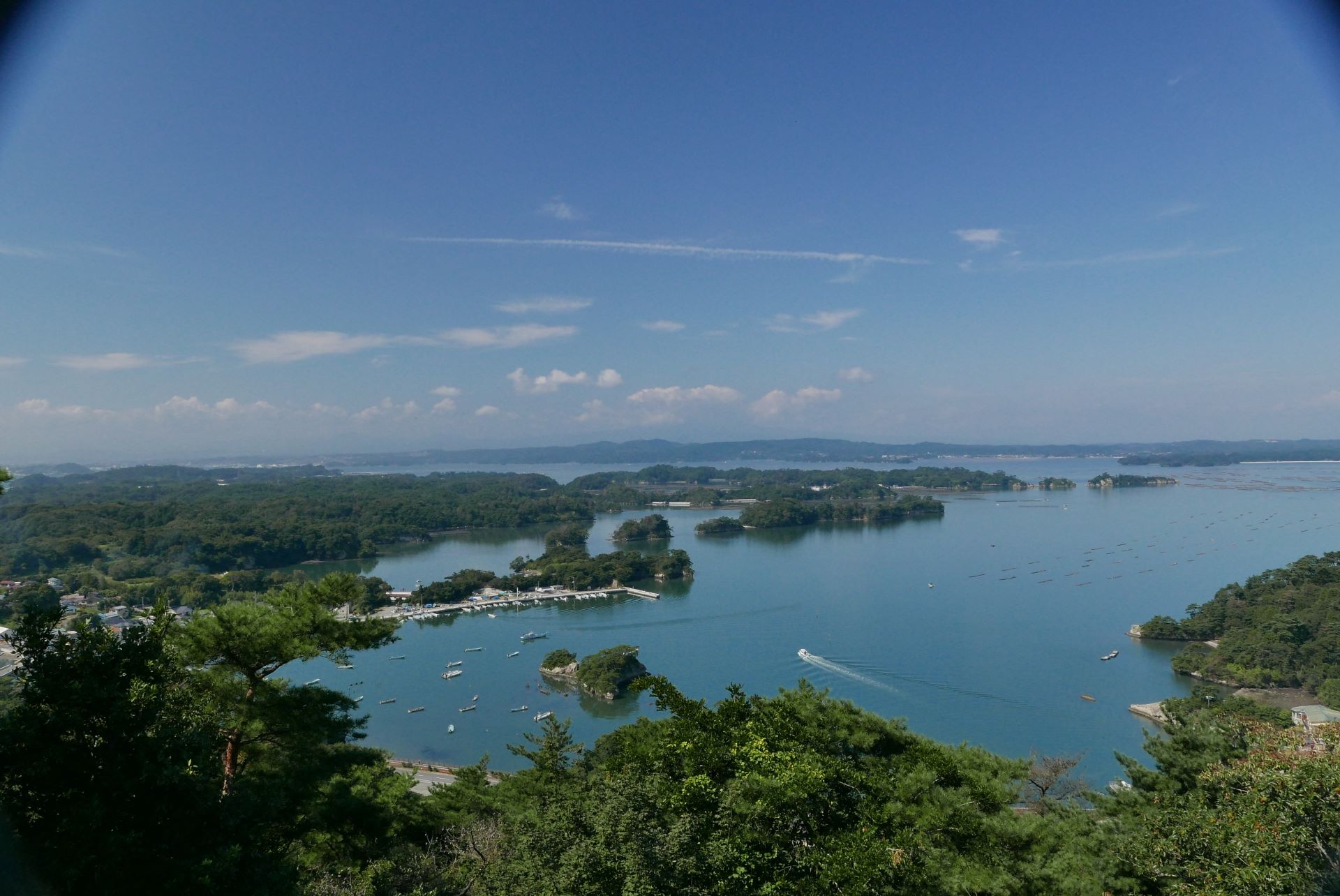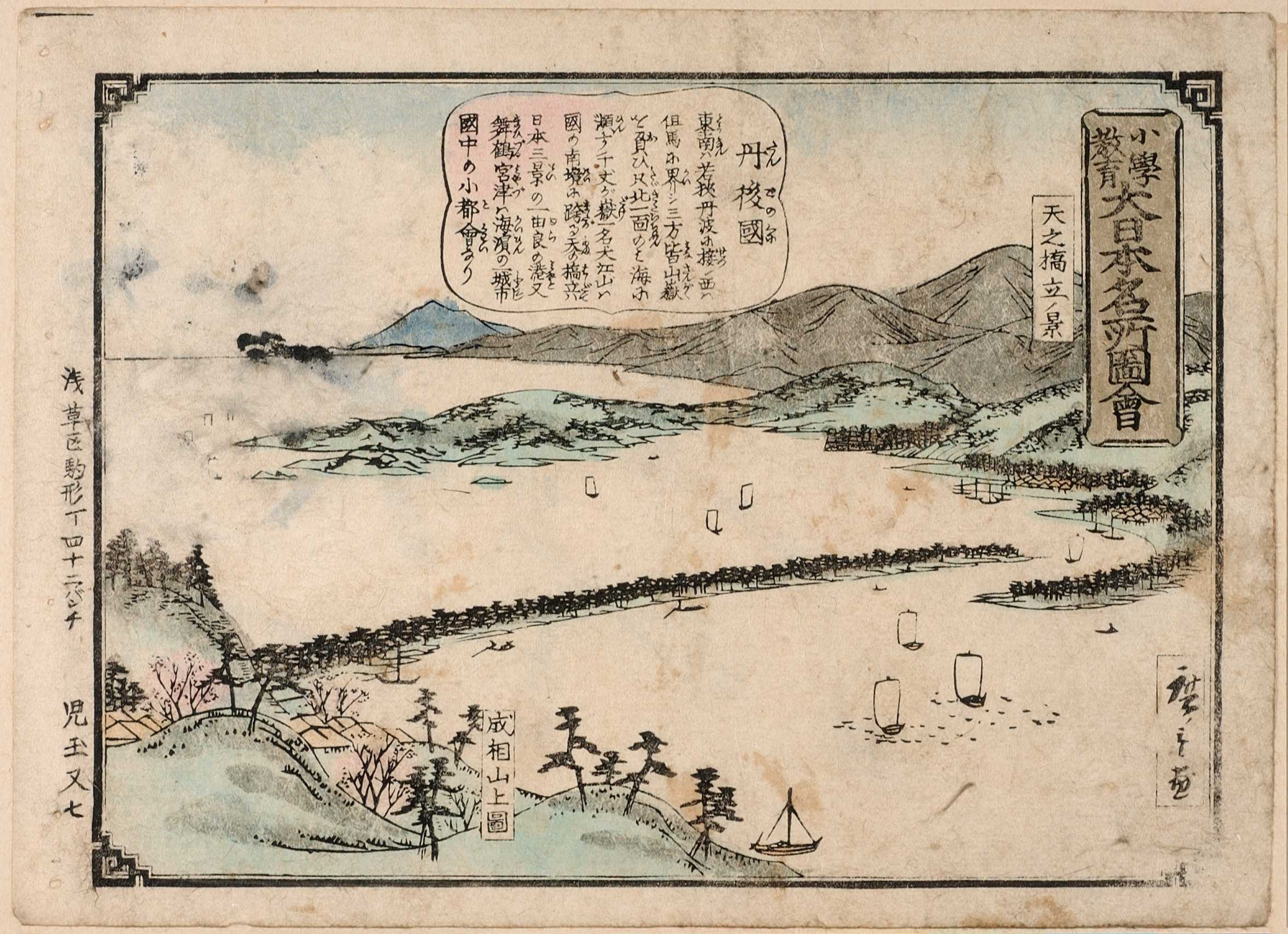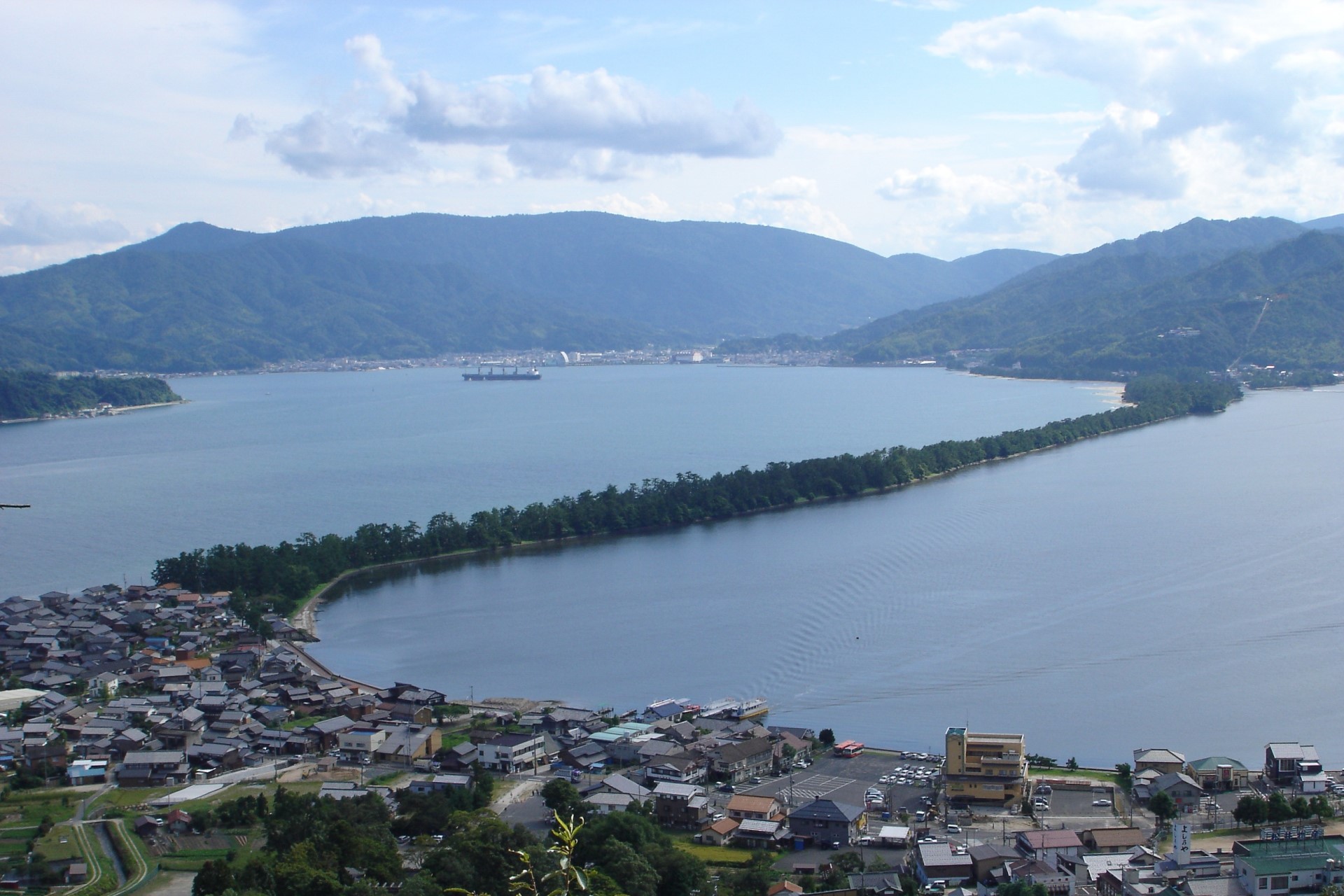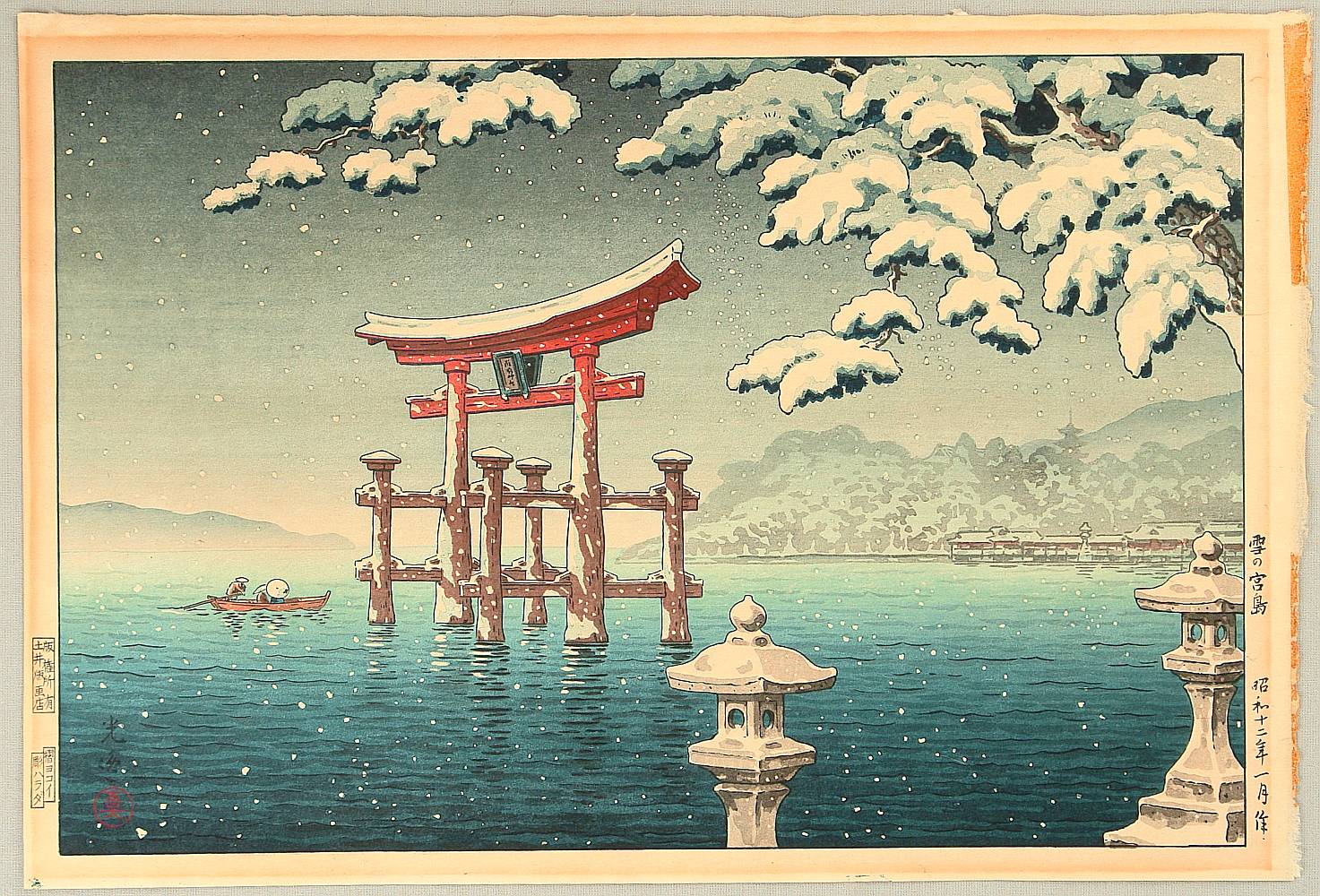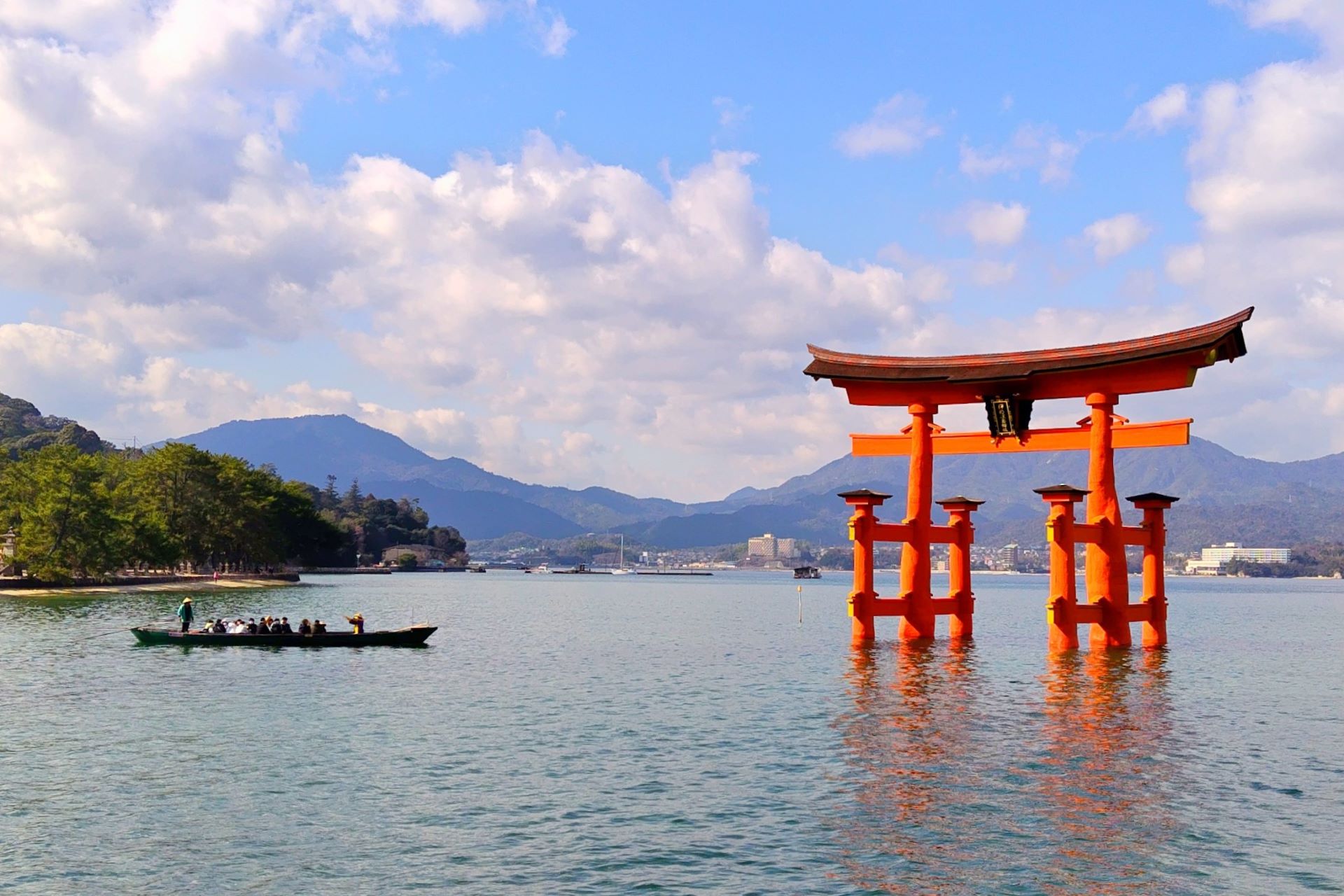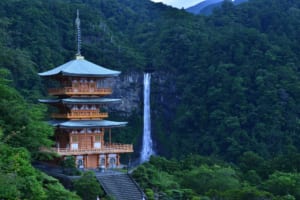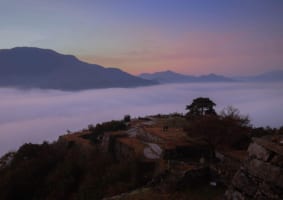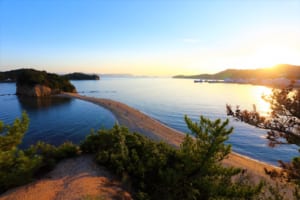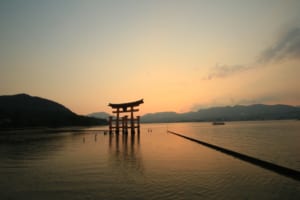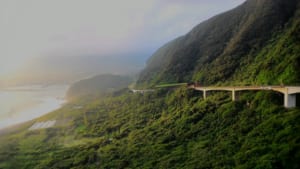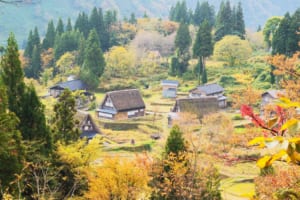Nihon Sankei: The Three Most Scenic Views of Japan
Discover the Three Most Iconic Spots in Japan

The Three Most Scenic Views of Japan (日本三景, Nihon Sankei) are the places that have been celebrated as the most picturesque landscapes in all of Japan, according to Hayashi Gaho, one of the most prominent scholars of the 17th century.
It’s safe to say that his criteria was on point: generations of visitors can attest to the charm of these three places—Matsushima, Amanohashidate, and Miyajima—throughout history thanks to their natural beauty and cultural significance. After all, we’re talking about iconic locations that have influenced the country’s aesthetic traditions such as art and poetry and have defined a lot of the tourist landscape.
What is the Nihon Sankei or “Three Most Scenic Views of Japan” about?
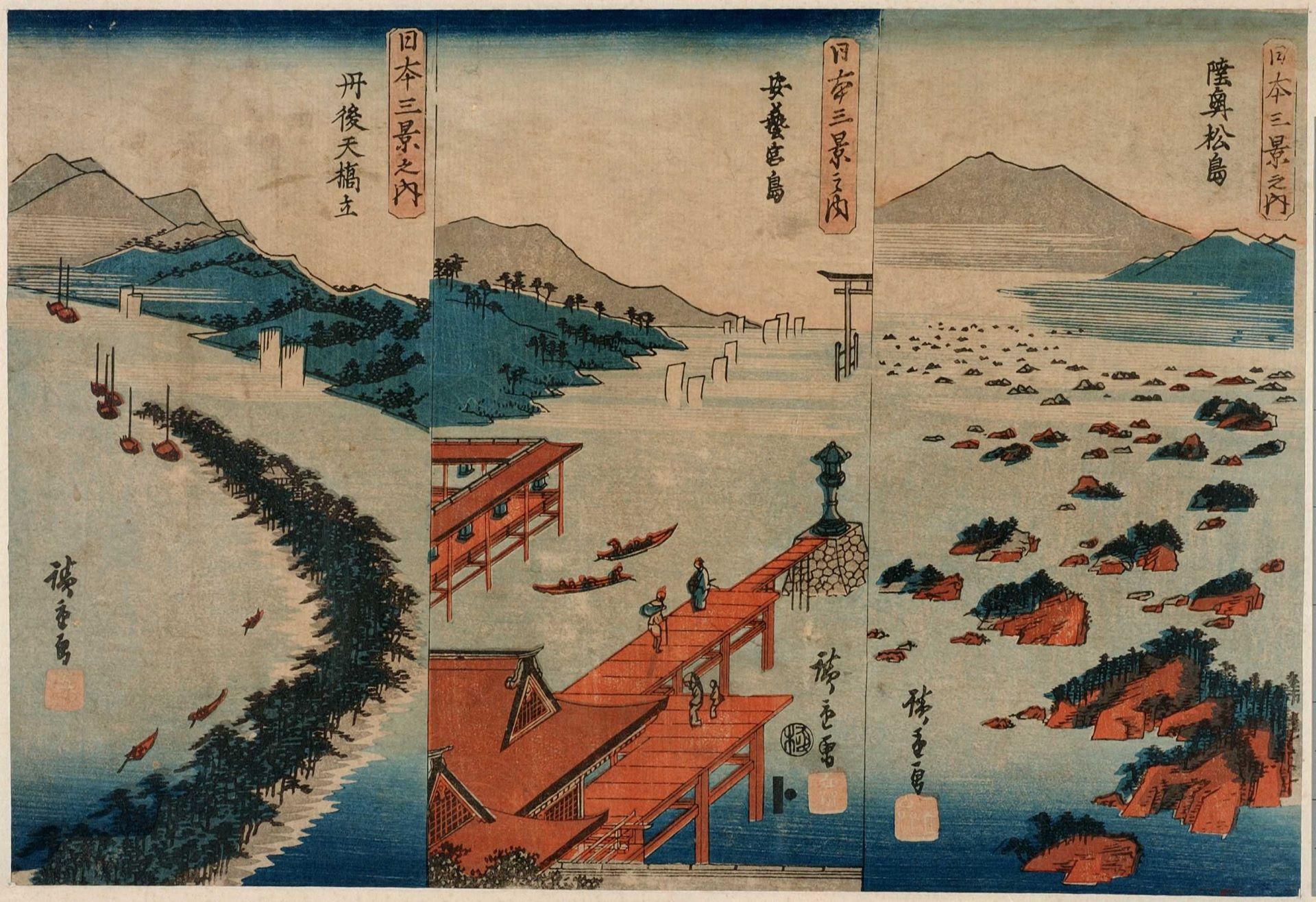
The concept of the “Three Most Scenic Views of Japan” dates back to the early Edo period when the Confucian scholar Hayashi Gaho, after traveling all over the country, identified Matsushima, Amanohashidate, and Miyajima as the golden standard of scenic beauty in Japan. He was influenced by the Chinese tradition of designating the most beautiful landscapes, which he adapted to highlight Japan’s natural splendor.
These views have played a significant role in shaping Japanese aesthetics, which deeply value the beauty of nature and how it reflects on the human experience. This appreciation can be seen in various forms of Japanese art, poetry, and literature, turning these sites into pilgrimage destinations for centuries, attracting both tourists and artists.For instance, the famous haiku poet Matsuo Bashō wrote extensively about his visit to Matsushima, capturing its beauty in his verses.
They also symbolize different aspects of Japanese culture. Pines have been long appreciated as symbols of longevity and endurance, so the beauty of Matsushima’s pine-clad islands and Amanohashidate’s sandbar covered with pines go beyond the aesthetical values. Also, the latter’s unique sandbar signifies the connection between heaven and earth and has inspired countless popular legends; and Miyajima’s floating torii gate is one of the most recognizable symbols of Shinto spirituality and architecture, crafting a balance between natural and man-made structures.
Where are The “Three Most Scenic Views of Japan”?
1. Matsushima (Miyagi)
Matsushima (松島), located in Miyagi Prefecture, is famous for its gorgeous bay dotted with over 260 small islands covered in pine trees. The bay’s natural beauty has inspired countless artists and poets throughout its history, including the famed haiku poet Matsuo Basho, who praised its scenic charm.
The panoramic views can be admired from several recommended spots, as well as from boat cruises around the islands. The surrounding area also has a lot of noteworthy historical sites like Zuiganji Temple or Entsuin Temple. It’s easily reachable by train from Sendai, the most important city in the Tohoku region.
More info: Matsushima: Japan’s Most Poetic Bay
2. Amanohashidate (Kyoto)
Amanohashidate (天橋立), meaning “Heaven’s Bridge”, is a natural sandbar located in Kyoto Prefecture, spanning about 3.6 kilometers across Miyazu Bay. Covered with pine trees, it creates a breathtaking scene that looks like a pathway connecting the earth to the heavens.
Visitors can admire Amanohashidate from various angles, with the most famous being the “upside-down” view from Amanohashidate View Land or Kasamatsu Park, where it appears as a dragon ascending to the sky. This is a unique formation that has been celebrated in Japanese literature and art for centuries.
More info: Amanohashidate: Kyoto’s Bridge to Heaven
3. Miyajima (Hiroshima)
Miyajima (宮島), also known as Itsukushima, is an island in Hiroshima Prefecture famous for its Itsukushima Shrine’s large torii gate (厳島神社大鳥居). The torii gate appears to float on the water during high tide, creating an iconic image that has been a symbol of Japan for centuries and a powerful tourist magnet for visitors abroad.
The island itself is considered sacred, with lush forests, tame deer, and traditional architecture all being part of its spiritual allure. Besides exploring the Itsukushima Shrine, visitors are encouraged to hike up Mount Misen for panoramic views, and experience the island’s cultural heritage through its festivals and local crafts.
More info: Miyajima Island Hiroshima: Best Things to Do/Itsukushima Shrine: the Floating Icon of Japan
Nowadays, the fact that these locations continue to attract thousands and thousands of visitors, highlight how much the cultural significance of the Three Most Scenic Views of Japan still resonate with locals and visitors alike, beyond the fact of being historical landmarks. On your next visit, remember that this is also a good opportunity to discover and engage with the local history and cultural heritage.
▽Subscribe to our free news magazine!▽
For more information about scenic spots in Japan, check these articles below, too!
▽Related Articles▽
▼Editor’s Picks▼
Written by
Photographer, journalist, and avid urban cyclist, making sense of Japan since 2017. I was born in Caracas and lived for 14 years in Barcelona before moving to Tokyo. Currently working towards my goal of visiting every prefecture in Japan, I hope to share with readers the everlasting joy of discovery and the neverending urge to keep exploring.





